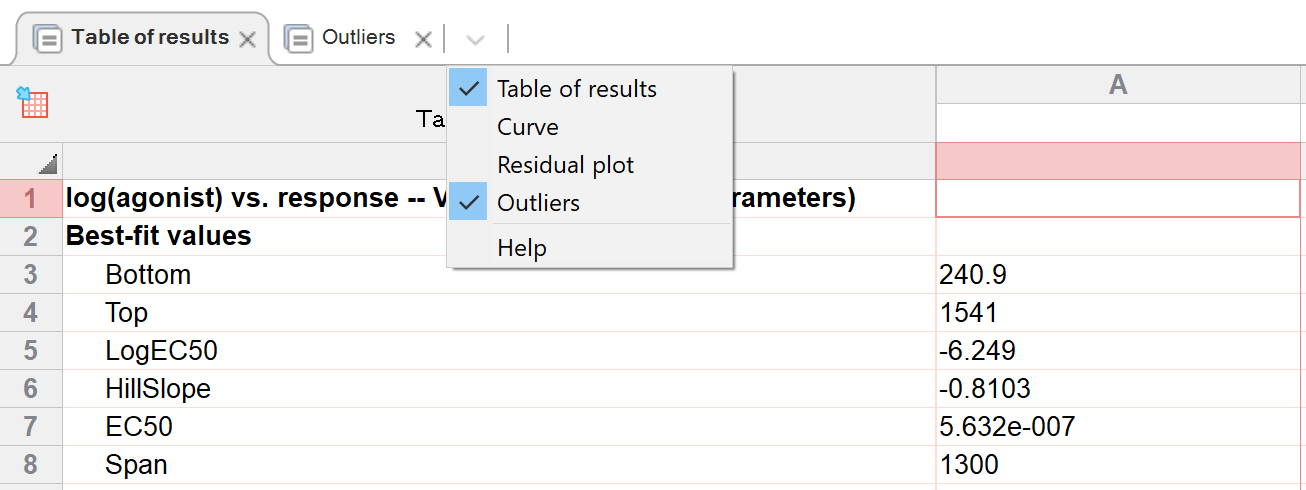


The leading welfare concern was a lack of governance and regulation within the industry. Individual representatives nominated a range of welfare concerns, and 15 were identified for discussion and prioritisation. A workshop was held with 15 lion-experienced stakeholders, including government officials, nature conservationists, animal welfare organisations, lion breeders, lion handlers, an animal ethologist, wildlife veterinarian, wildlife rehabilitation specialist and an animal rights advocacy group representative. Facilities provide close interaction opportunities, but the welfare impacts on the cubs are unclear. AbstractĪfrican lion ( Panthera leo) cubs are extensively used in South Africa in wildlife-interaction tourist activities. The survey results produced a user-friendly tool to score cubs’ welfare in interaction facilities and also identified current practices that are lacking in welfare consideration. This survey identified the most important welfare concerns to be poor social grouping of cubs, an inability for cubs to choose their own environment and retreat from an interaction, a lack of trained and dedicated caretakers, and poor breeding practices.

Current industry practices were then ranked and weighted for welfare importance through an online survey completed by 60 industry stakeholders. Some of these included ethical concerns, such as cubs exiting into the ranching industry (farming of lions for hunting) and the bone trade (lions being slaughtered for their bones, which are exported for lion bone wine) once petting age has passed. Participants also agreed on nine non-negotiable practices that affect cubs’ welfare. The leading welfare concern identified was the ‘lack of governance and regulation’ within the industry. A workshop was held with 15 lion-experienced stakeholders who all indicated a range of welfare concerns for discussion and prioritisation. The welfare impacts on the cubs are unclear.

African lion cubs are used in South Africa in wildlife-interaction tourism (cub petting).


 0 kommentar(er)
0 kommentar(er)
